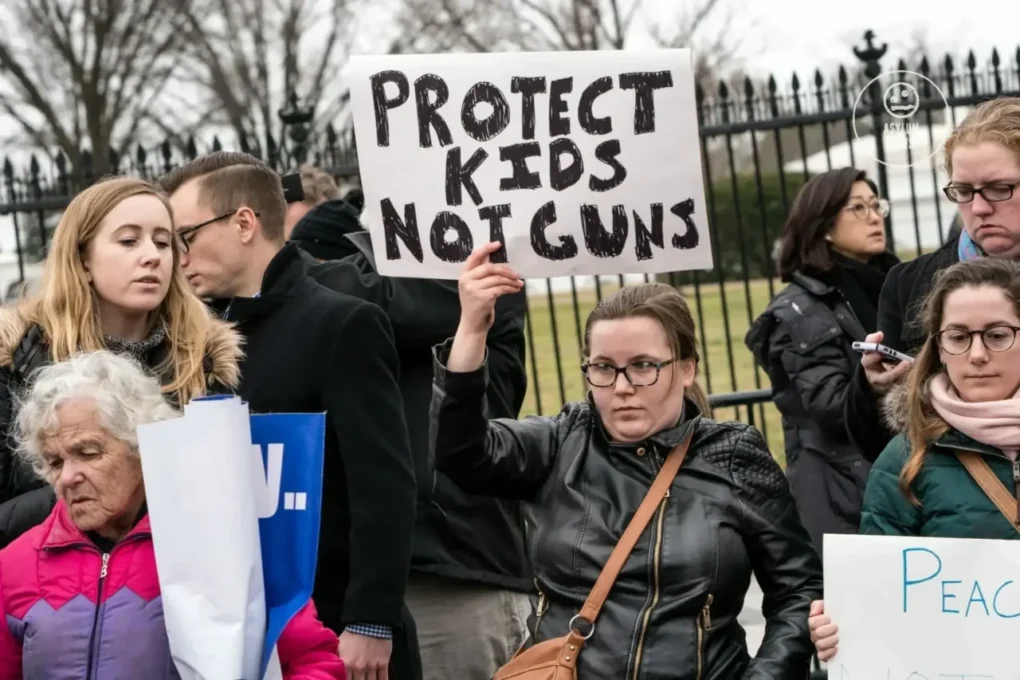Often Referenced, Rarely Interpreted
The Second Amendment is referenced by the Republican Party more than any other political party. The Republican politicians in Congress take more money from the NRA than Democratic politicians do. While they mention it quite often in political campaign speeches and ads, they don’t often explain exactly what it means in terms of the original text as written by our founders.
Politicians like to say that the Democratic candidate in any election “is going to take away your guns,” but they know the Second Amendment (as it has been interpreted) would prevent that from ever happening in the real world. Unfortunately, it’s an effective line that you’ll hear repeated by voters as to why the Democrats are “dangerous.”
The Second Amendment of the United States Constitution, ratified in 1791 as part of the Bill of Rights, guarantees the right of individuals to keep and bear arms. This amendment has been the subject of intense debate and legal challenges for centuries, with its interpretation and application evolving over time.

Historical Context
The Second Amendment emerged from a specific historical context. During the American Revolution, citizens formed militias to defend their communities and fight against British forces. These militias played a crucial role in securing independence. After the war, many Founding Fathers believed that a well-regulated militia was essential to protect the nation’s liberty and prevent tyranny.
This is where the Second Amendment is misunderstood, causing intense debate between both citizens and politicians alike. Political pundits and Republican voters tend to ignore one particular part of this amendment. A “well-regulated militia” does not mean all citizens, yet the second amendment has morphed into a protection of every American citizen to own firearms.
The militia aspect is important, but so is the term “well-regulated,” which means to create laws around what is and is not allowed in terms of the militia the writers of this amendment to the constitution are referencing. We’ll begin by looking at the text as it’s written (not as it’s interpreted).
The Text of the Amendment
The Second Amendment reads:
“A well regulated Militia, being necessary to the security of a free State, the right of the people to keep and bear Arms, shall not be infringed.”
This text has been the subject of much legal and scholarly analysis, with different interpretations emphasizing either the collective right of the people to form militias or the individual right of citizens to possess firearms.
Early Interpretations and the Militia Act of 1792
In the early years of the Republic, the Second Amendment was primarily understood as a collective right. The Militia Act of 1792, passed by Congress, required all able-bodied male citizens between the ages of 18 and 45 to serve in state militias. This law reinforced the idea that the amendment was primarily intended to ensure the existence of a well-regulated militia for national defense.
The Progressive Era and the Rise of Gun Control
The Progressive Era (roughly 1890-1920) witnessed a growing interest in social reform and government regulation. This period also saw the rise of gun control movements, particularly in response to increasing rates of gun violence in urban areas. Some states enacted laws to restrict gun ownership, especially for certain groups, such as immigrants and African Americans.
The Second Amendment and the Supreme Court

The Supreme Court has played a significant role in shaping the interpretation of the Second Amendment. In the early 20th century, the Court generally upheld gun control laws. However, in recent decades, there has been a shift towards recognizing an individual right to bear arms.
- District of Columbia v. Heller (2008): This landmark decision affirmed that the Second Amendment protects an individual’s right to possess a firearm for traditionally lawful purposes, such as self-defense.
- McDonald v. Chicago (2010): The Court incorporated the Second Amendment right to bear arms against the states, meaning that individuals in all states have a constitutional right to possess firearms.
Ongoing Debates and Challenges

Despite these Supreme Court rulings, the debate over the Second Amendment continues. Issues such as gun violence, mass shootings, and the appropriate scope of gun control laws remain highly contentious.
The ongoing struggle to balance individual rights with public safety has made the Second Amendment one of the most debated and complex issues in American law and politics.
How do you interpret the text of the Second Amendment? Let us know in the comments!









